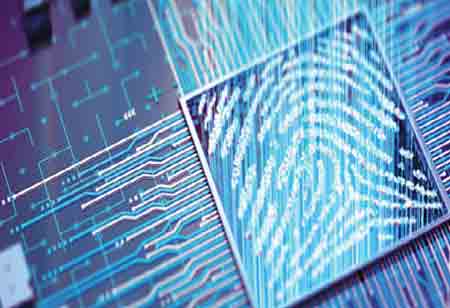THANK YOU FOR SUBSCRIBING
Wireless Education Connects and Engages Across APAC
An emerging transformation is underway across the Asia-Pacific region (APAC), characterized by its diverse landscape.

By
Apac CIOOutlook | Wednesday, January 17, 2024
Stay ahead of the industry with exclusive feature stories on the top companies, expert insights and the latest news delivered straight to your inbox. Subscribe today.
Wireless technology is transforming the Asia-Pacific education sector, bridging the digital divide and empowering millions of students through mobile learning platforms, interactive apps, and community engagement.
FREMONT, CA: An emerging transformation is underway across the Asia-Pacific region (APAC), characterized by its diverse landscape. Once perceived as a luxury, wireless technology has evolved into a powerful tool, significantly contributing to narrowing the educational achievement gap for millions of students. Pioneering initiatives harness the potential of Wi-Fi to democratize access to knowledge, fostering empowerment across a spectrum of communities, from remote villages to bustling megacities.
Bridging the Digital Divide
Mobile learning platforms offer offline-accessible educational content through mobile phones, addressing the educational needs of areas with limited internet connectivity. In parallel, governments and non-governmental organizations are taking the initiative by establishing Community Wi-Fi hotspots in underserved communities. These hotspots provide students with the means to connect and access online educational resources. Additionally, the accessibility of Internet services is further enhanced through the provision of low-cost devices and subsidized data plans, especially in rural areas. This concerted effort seeks to bridge the digital divide and make quality education more universally accessible.
Empowering Learners
Interactive Learning Apps and Games have emerged as innovative tools, transforming the traditional learning experience into an engaging and accessible venture for students across age groups. Startups are actively involved in the development of culturally relevant content, ensuring a diverse and inclusive approach to education.
Additionally, the advent of digital classrooms and online courses has played a pivotal role in breaking down geographical barriers, offering students the opportunity to access high-quality educational resources from renowned institutions. These virtual platforms are reshaping the landscape of education, providing unprecedented flexibility and convenience.
Recognizing the significance of effective integration, teacher training and support initiatives have become paramount. Equipping educators with the requisite skills and tools to proficiently employ wireless technology is vital for fostering a technologically adept teaching environment. This strategic focus on professional development ensures that educators can harness the full potential of digital resources, thereby enhancing the overall quality of education.
Opportunities
Establishing effective public-private partnerships is critical for the expansion and sustainability of initiatives, involving collaboration among governments, non-governmental organizations (NGOs), and telecommunications companies. This synergy facilitates the scalability of projects aimed at enhancing various sectors. Additionally, fostering community engagement is imperative to empower local communities in assuming responsibility for their education and leveraging technology for optimal results, thereby contributing to the long-term success of educational endeavors. Simultaneously, prioritizing data privacy and security is essential in safeguarding student information and creating secure online learning environments. These considerations play a pivotal role in ensuring the integrity and confidentiality of educational data, contributing to a robust and protected learning ecosystem.
Undoubtedly, wireless education stands as the beacon of the future in Asia. The trajectory towards fostering inclusive and equitable education is poised for significant advancement with the continuous evolution of programs and technology. The potential is boundless, encompassing immersive virtual reality classrooms and personalized learning experiences. To ensure that every student within the region is afforded the opportunity to unlock their full potential, it is imperative to adeptly and innovatively harness the capabilities inherent in wireless technology.





